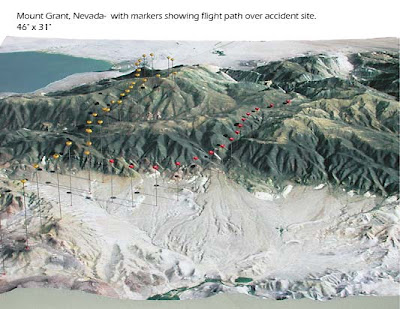3D topography models or maps are still quite useful today. Some may think that because things like HD screens and 3D modeling are available to us today, we don’t need things like 3D maps. However, these physical maps are still used in a variety of ways by different industries. They are useful, for example, for educational purposes. Many museums and educational institutions still want to use these 3D models for their exhibits or for classrooms. Most museums and exhibits want several things displayed, not just flat screens or pictures, as these are boring. 3D models add texture and create interesting displays.
Believe it or not, 3D topography maps and models can also be used in litigation. Some lawyers who are fighting court cases use these models to help jurors and judges visualize a scenario. It not only shows that they are knowledgeable, but they can help viewers feel at ease and understand abstract concepts better. Another industry that uses these models is mining. Mining is a difficult task and can be expensive, especially if the company makes a lot of mistakes.
A topographical model or a scale cross-section model can help engineers and workers visualize the places they work with to help make operations smoother and less hassle.
Believe it or not, 3D topography maps and models can also be used in litigation. Some lawyers who are fighting court cases use these models to help jurors and judges visualize a scenario. It not only shows that they are knowledgeable, but they can help viewers feel at ease and understand abstract concepts better. Another industry that uses these models is mining. Mining is a difficult task and can be expensive, especially if the company makes a lot of mistakes.
A topographical model or a scale cross-section model can help engineers and workers visualize the places they work with to help make operations smoother and less hassle.





